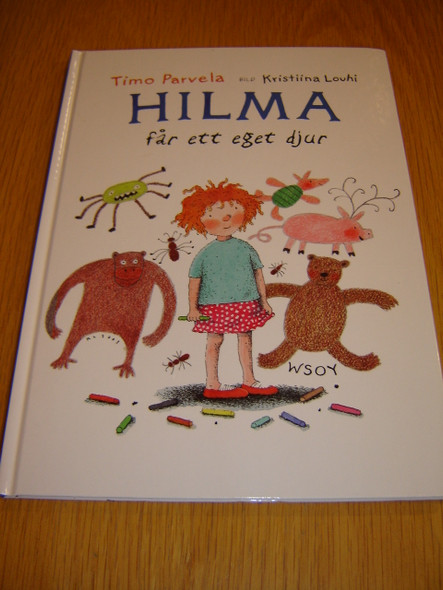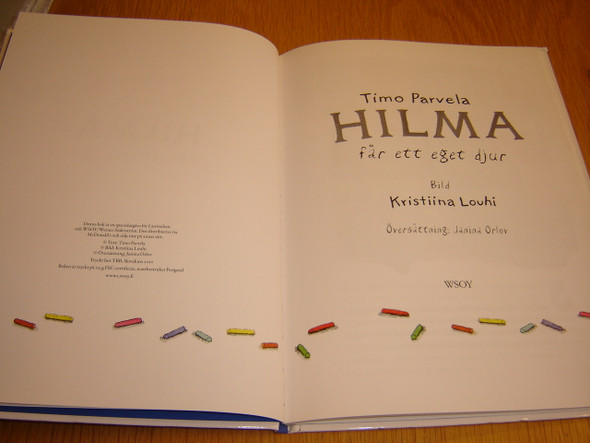Description
Atlas of Central Europe / Constructed By Prof. Dr. András Rónai / BALATONFÜRED-BUDAPEST 1945 / Society of St. Steven-Püski Publishing House, 1993 / Hardcover
ISBN-13: 9789638256157 / 978-9638256157
ISBN-10: 963825615X
Printed in Hungary
Pages 412
!!! Condition of this book is USED LIKE NEW !!!
ANTECEDENTS
The area of the Carpathian Basin had been politically administered by a single state, Hungary, for over seven centuries after the establishment of the Hungarian Kingdom. The country was disrupted into three parts during the Ottoman expansion, and then two of its parts were united. The large area became one political unit again in the middle of the 19th century, but the nation was split into five parts in 1920. None of the lands separated from the core area became independent states, but they were annexed to territories lying outside the Carpathian Basin.
This partition affected 23.4 million people 300 thousand of them became ci- tizens of Austria, 3.5 million of Czechoslovakia, 5.3 million of Romania, and 4.1 million of Yugoslavia, which also included Croatia and Slavonia with 2.6 million people. Hungary remained a country of 93 thousand km² with 7.6 million inhabitants, which comprised less than two thirds of all the Hungarians.
PREPARATIONS
Excerpt from the memories of Professor Rónai:
"Teleki requested me to appear before him by 7 o'clock in the morning on 1 April, 1941. He suggested that we walk out to Bástya sétány, because we could speak there freely. The promenade was empty in the chilly and foggy spring morning. It was an excellent place for private conversation... He turned to me. I quote the content of what he said:
Probably we will be unable to stay away from the war. If the Germans overrun Yugoslavia, the Russians will likely intervene: the war will soon escalate on a global scale, and then the Germans may lose. But whatever the situation will be, we have to prepare now may for the next peace negotiations...
Here we must not make a mistake against our working class, nationalities or It is decisive in the preparations that we and others should not only be neighbours. It informed about our matters, our thoughts should not be limited to the Carpathian Basin only, but we must consider the whole region of Eastern Central Europe....
The aim is that we have the most reliable knowledge about all the matters and data of this area we have to be able to give a complete overview of the whole buffer land, where we live, just as the Institute of Political Sciences has been doing it in the past decade and a half.
I could not I stop putting him the question why he was speaking about myself. Even until then he directed us and we carried out what he wished... I quote, 'You have been doing that for enough time to take the direction into your own hand.'
We were somewhat puzzled... as we accompanied him back to the Sándor- palota; there, at the entrance of the palace he said good-bye... Two days later we realized that what we had heard was his will to us."
THE ATLAS
The approximately 1.5 million km² region was studied in detail and the settle- ments were shown at village level. In the 1930's 125 million people lived on this ter ritory, which included Saxony on the NW, the Ukraine to Kiev in the NE and Poland to Brest-Litovsk and Lódz. It also comprised Austria to Tyrol, Italy to the Abruzzi and to Foggia in the south as well as the Balkan Peninsula with Serbia to Skopje, to Albania, the Greek and Turkish border and Adrianople. The represented area com- pletely covered the area of Roumania and Bulgaria and the Carpathian Basin with Hungary and Czechoslovakia.
Geographically this is the middle of Europe. Away from the seas, three large structural elements that build the continent come together here: the ancient East European shield, the remains of the old West European mountain ranges, and the young mountain chains. The impact areas of the wet climate of the West, the dry con- tinental climate of the East and the Mediterranean climate of the South also meet here. Just like the three large families of languages of the continent that neighbour here with some minor ones between.
Between the two world wars there were 12 states in the region and 16 official languages were spoken. Official publications appeared in all these languages, but large groups of people spoke at least twice as many and had their own newspapers and books. The publications, maps and statistics were printed in five scripts: Gothic, Latin, Cyrillic, Turkish and Hebrew. The information in the Atlas was based on national official statistical data and it reflected the situation between 1930 and 1940. The Atlas was published in Hungarian and English and contained 171 colour maps (the Hungarian edition had only 139) and 367 pages of text, which provided the reader with a comprehensive description of the geology, geography, popula tion, nationalities, religions, agriculture, mining, trading and transportation in the region. The maps in the Atlas were complemented with brief explanations and statistics as well as with a precise list of information sources. The maps contained 3 860 000 statistical data, for which the compilers not only had to obtain and process the offi- cial statistical publications of ten countries (they did not collect data from Albania and Turkey), but also had to work with gazetteers and detailed maps showing even villages. They had to prepare maps of unified scale and projection from all these sources. The Atlas was completed in less than five years; its last colour sheet came off the press on 15 March, 1945 in Balatonfüred, where the Institute was displaced... Just in time, because the Russian troops appeared there on 25 March.
The Atlas contains mere statistics and maps; all its data are based on scientific research and can be verified by official state publications. What is missing is not supported by statistics: the sufferings of people can not be mapped...
Dr. István Klinghammer
Title: Atlas of Central Europe Facsimile
Publisher: Society of St. Steven-Pu ski Publishing House
Publication Date: 1993




































































